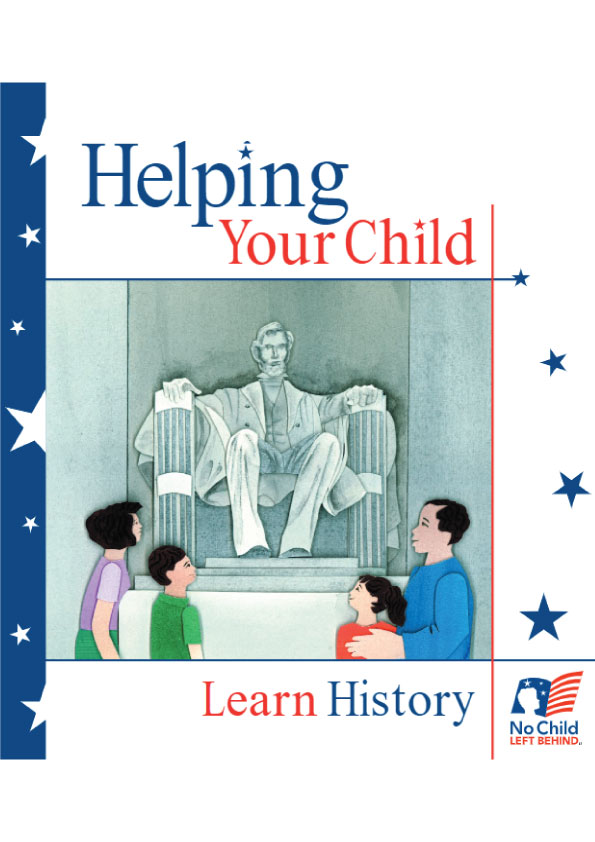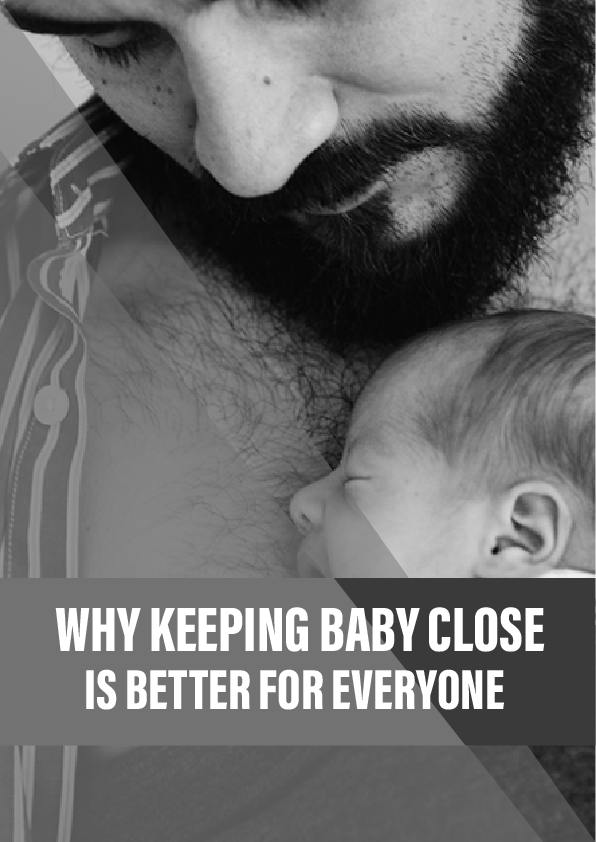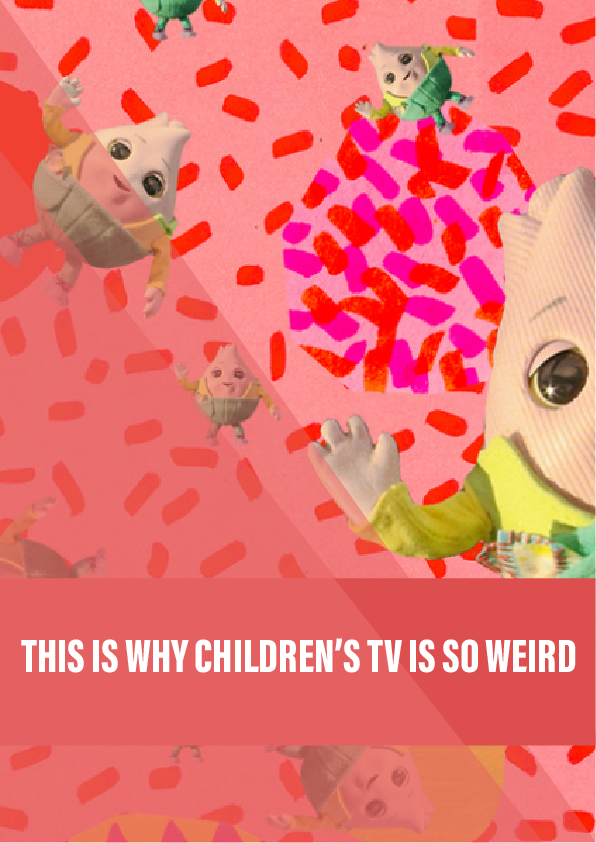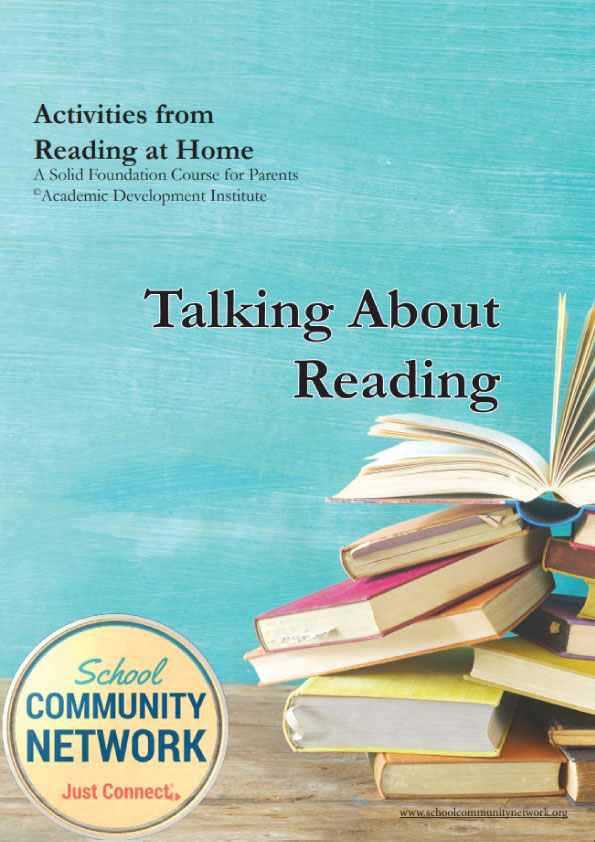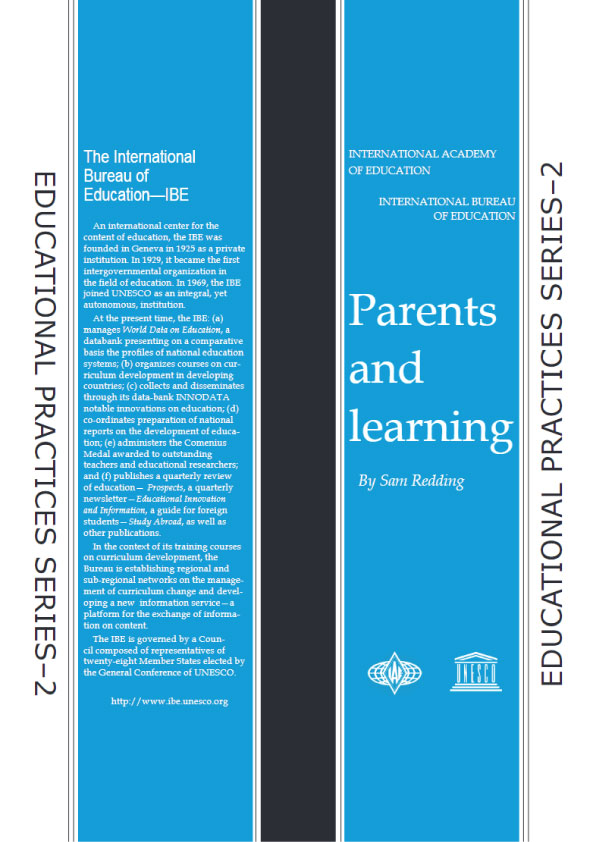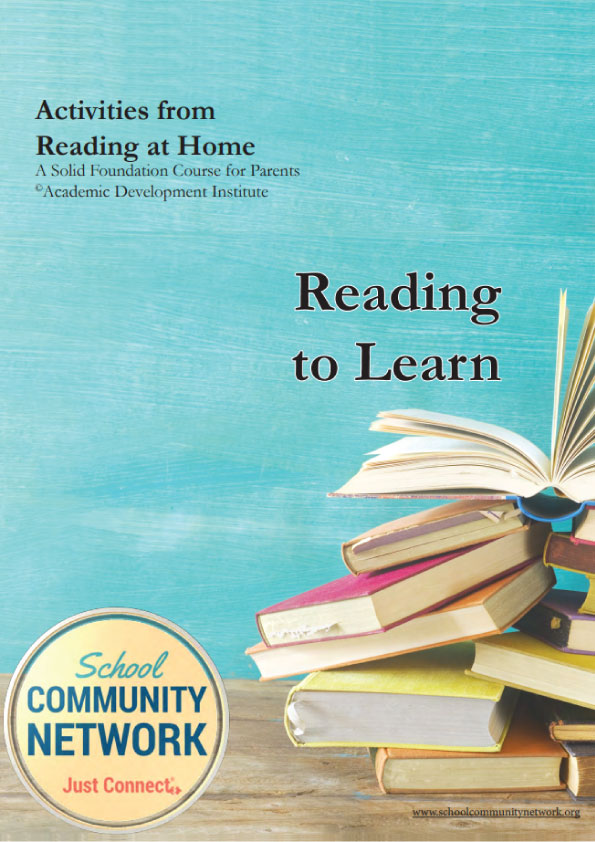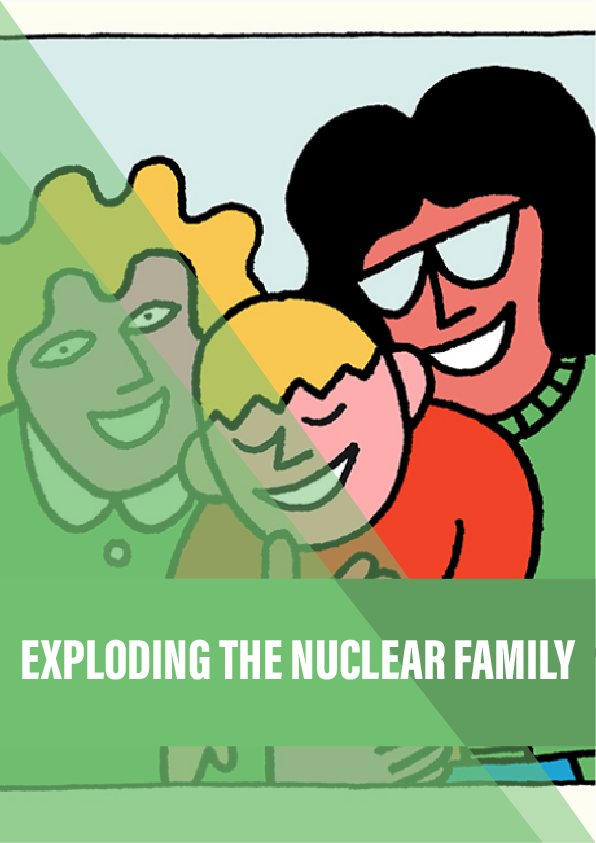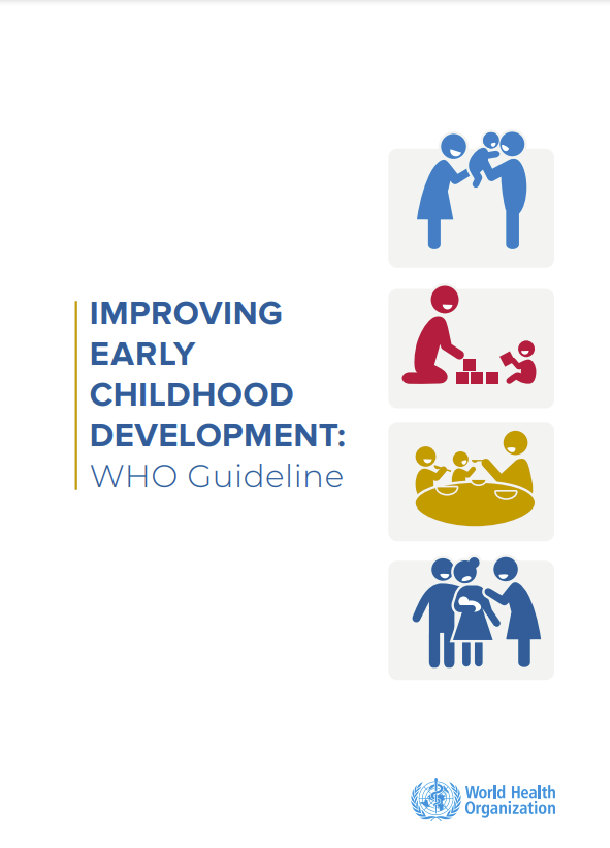“A system of education that fails to nurture memory of the past denies its students a great deal: the satisfactions of mature thought, an attachment to abiding concerns, a perspective on human existence.”
— Mrs. Lynne V. Cheney, Author and Wife of U.S. Vice President Dick Cheney
Children are born into history. They have no memory of it, yet they find themselves in the middle of a story that began before they became one of its characters. Children also want to have a
place in history—their first historical questions are: “Where did I come from?” and “Was I always here?” These two questions contain the two main meanings of history: It’s the story of people and events, and it’s the record of times past. And because it’s to us that they address these questions, we are in the best position to help prepare our children to achieve the lifelong task of finding their place in history by helping them learn what shaped the world into which they were born. Without information about their
history, children don’t “get” a lot of what they hear and see round them.
Although parents can be a positive force in helping their children develop an interest in history, they also can undermine their children’s attitudes by saying things such as: “History is boring,” or “I hated history class when I was in school.” Although you can’t make your child like history, you can encourage her 1 to do so, and you can take steps to ensure that she learns to appreciate its value.
To begin, you can develop some of the following “history habits” that show your child that history is important not only as a school subject but in everyday life.
History Habits
Habits are activities that we do on a regular basis. We acquire habits by choosing to make them a part of our life. It’s worth the time and effort to develop good habits because they enhance our well-being. The following history habits can enrich your life experiences and those of your child.
- Share family history with your child , particularly your own memories of the people and places of your childhood. Encourage your parents and other relatives to talk with your child about family history.
- Read with your child about people and events that have made a difference in the world and discuss the readings together. (The list of publications in the Resources section at the end of this booklet can serve as a starting point for choosing materials.)
- Help your child know that the people who make history are real people just like her, and that they have ideas and dreams, work hard and experience failure and success. Introduce your child to local community leaders in person if possible and to national and world leaders (both current and those of the past) by means of newspapers, books, TV and the Internet.
- Watch TV programs about important historical topics with your family and encourage discussion about the program as you watch. Check out library books on the same topic and learn more about it. See if the books and TV programs agree on significant issues and discuss any differences.
- Make globes, maps and encyclopedias (both print and online versions) available to your child and find ways to use them often. You can use a reference to Africa in your child’s favorite story as an opportunity to point out the continent on a globe. You can use the red, white and green stripes on a box of spaghetti to help her find Italy on a map and to learn more about its culture by looking it up in the encyclopedia.
- Check out from your library or buy a collection of great speeches and other written documents to read with your child from time to time. As you read, pause frequently and try to restate the key points in these documents in language that your child can understand.
